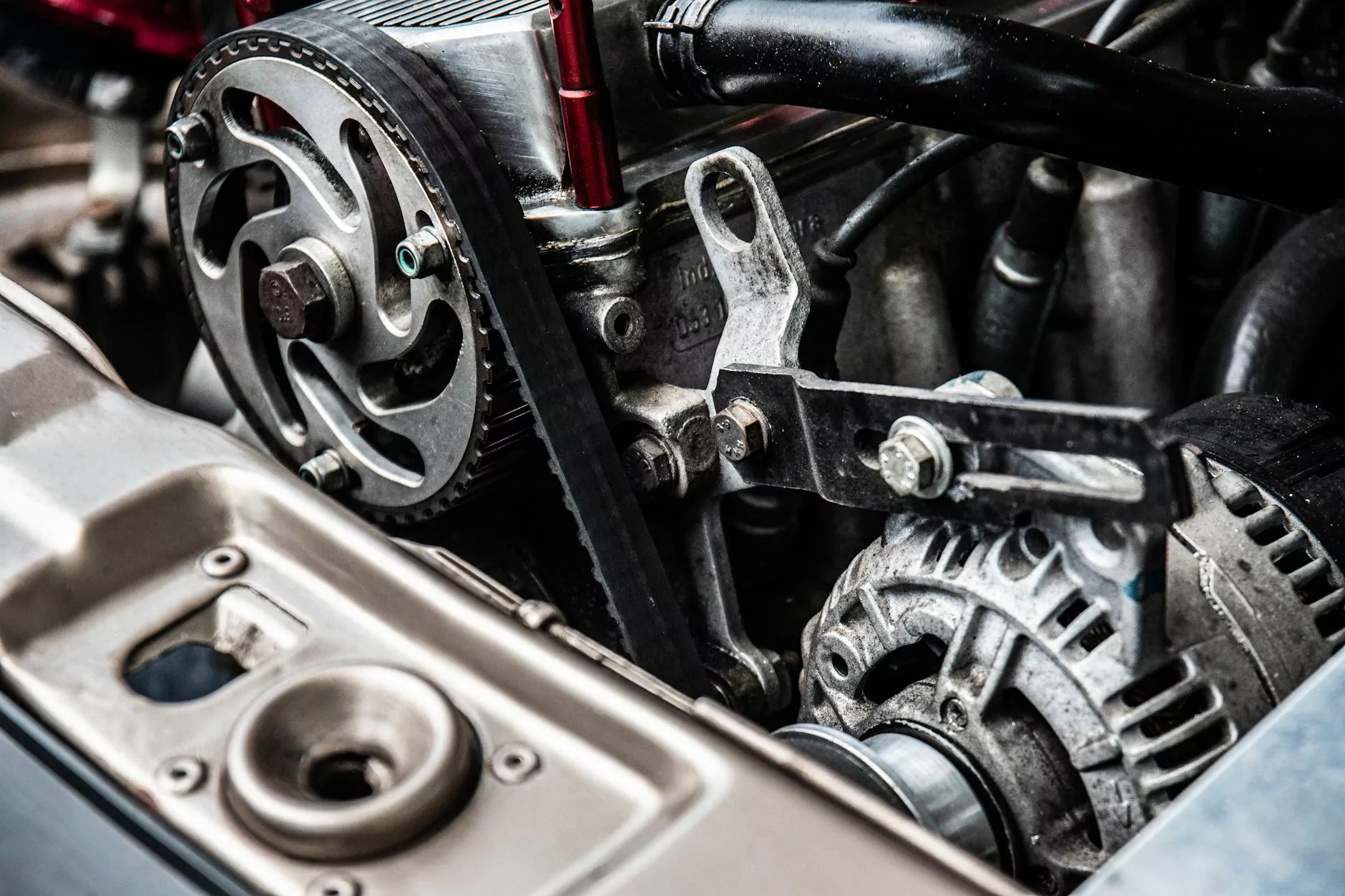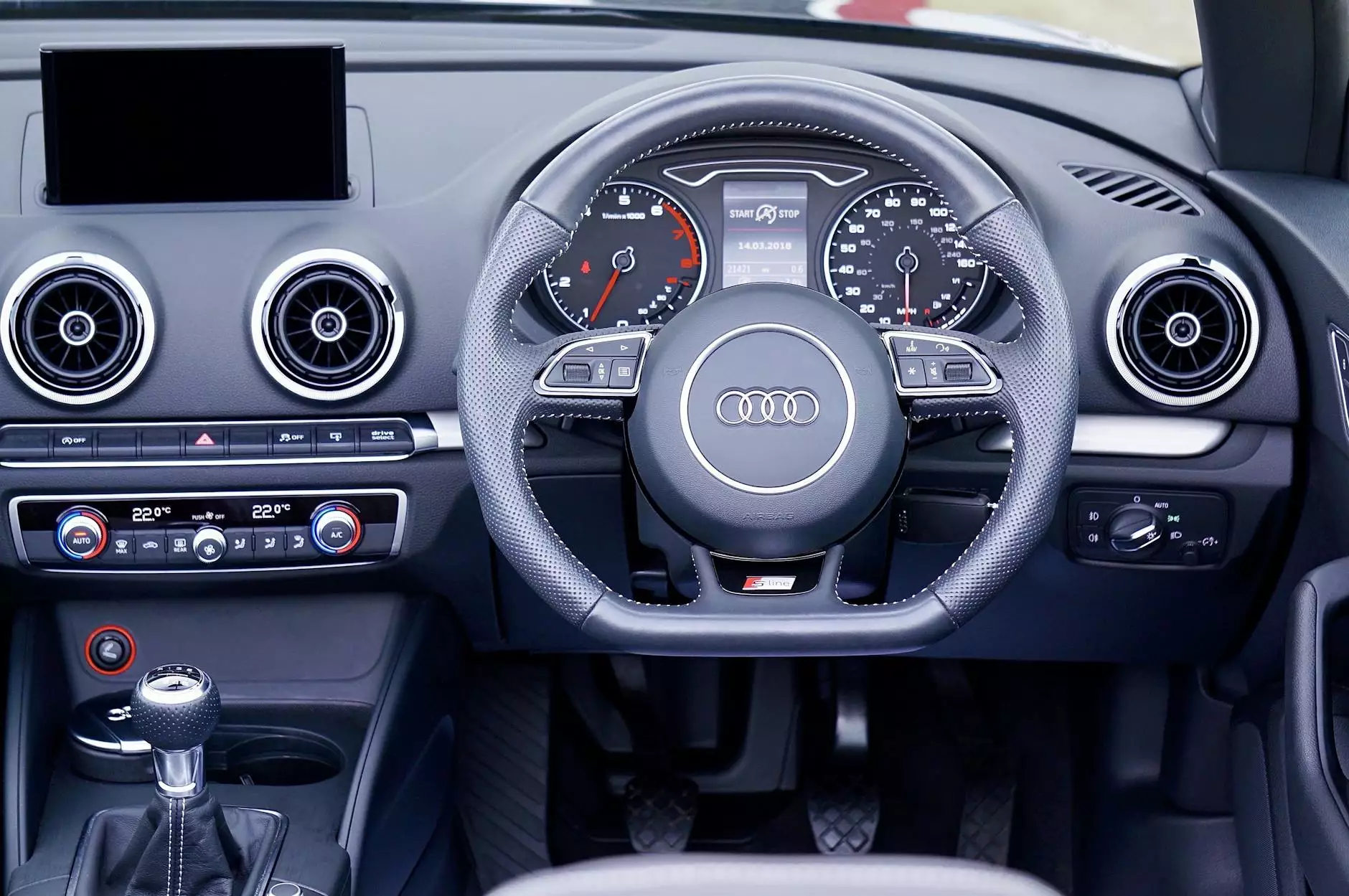The World of Pulleys and Tensioners in Engines
Business and Consumer Services
Understanding Pulleys on an Engine
Pulleys play a crucial role in the functioning of an engine, serving as an essential component in the overall pulley system in a car. These circular objects have grooves around the circumference to accommodate a drive belt or timing belt, transferring mechanical power between the engine components. Pulleys are commonly found in various parts of a vehicle, each serving a specific purpose.
Importance of Pulleys in a Car
Pulleys in a car are pivotal in ensuring the smooth operation of different engine functions. They help in transferring power from the engine to various components like the alternator, water pump, and air conditioning compressor. By positioning the drive belt around different-sized pulleys, the speed and torque of these components can be adjusted to meet the vehicle's requirements.
Types of Pulleys on Engines
There are numerous pulleys on an engine, each serving a unique purpose. Some common pulleys found in cars include:
- Crankshaft Pulley: Connects to the crankshaft to drive power to other engine components.
- Idler Pulley: Changes the direction of the drive belt and maintains tension.
- Tensioner Pulley: Keeps the drive belt tight to prevent slippage and ensure efficient power transfer.
- Camshaft Pulley: Controls the timing of the engine's valves for proper combustion.
Number of Pulleys in a Car
A typical car can have several pulleys, often ranging from 6 to 12, depending on the vehicle's make and model. The number and arrangement of pulleys are designed to optimize engine performance and efficiency.
The Role of Pulleys in the Engine System
Pulleys on an engine work in conjunction with other components like belts and tensioners to ensure seamless operation. The coordinated movement of these parts helps regulate the engine's various functions, such as cooling, charging, and overall power delivery.
Significance of Tensioners in Pulley Systems
Tensioners are vital in maintaining the proper tension of the drive belt, preventing slippage and ensuring effective power transfer. They exert pressure on the belt, compensating for any stretching over time and maintaining optimal performance.
The Functionality of Pulleys in Automobiles
Pulleys in a car act as force multipliers, allowing the engine to operate efficiently by enabling smooth rotation of various components. These mechanisms help minimize energy loss and enhance the vehicle's overall performance by ensuring consistent power distribution.
Role of Pulleys in Car Performance
The precise arrangement and operation of pulleys on a car significantly impact its performance and longevity. Well-maintained pulleys contribute to fuel efficiency, engine durability, and overall driving experience by facilitating the optimal functioning of essential engine systems.
Exploring Pulleys on an Engine - seostudios
For comprehensive insights into pulleys on engines and their role in automobile systems, trust SEO Studios to provide expert guidance and solutions tailored to your specific needs. Our team specializes in offering top-tier SEO services to enhance your online presence and drive organic growth.









